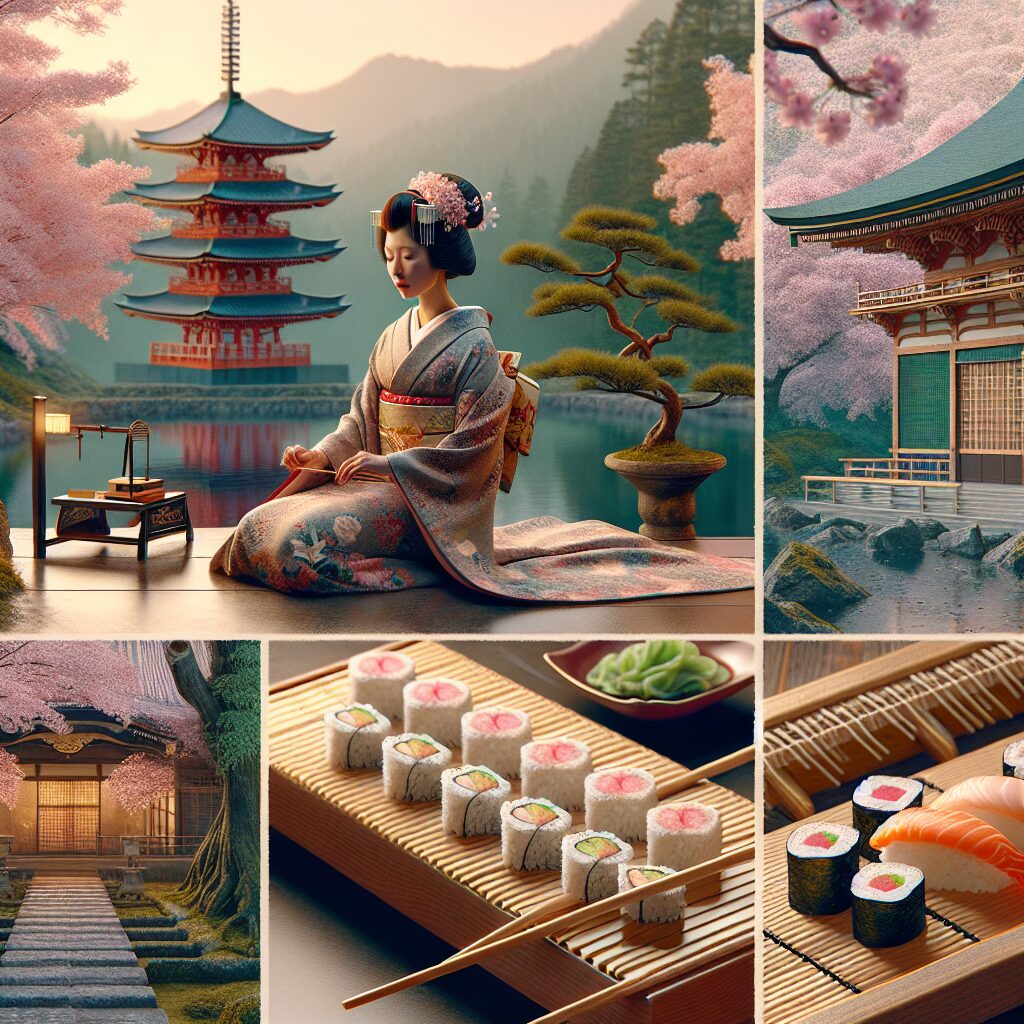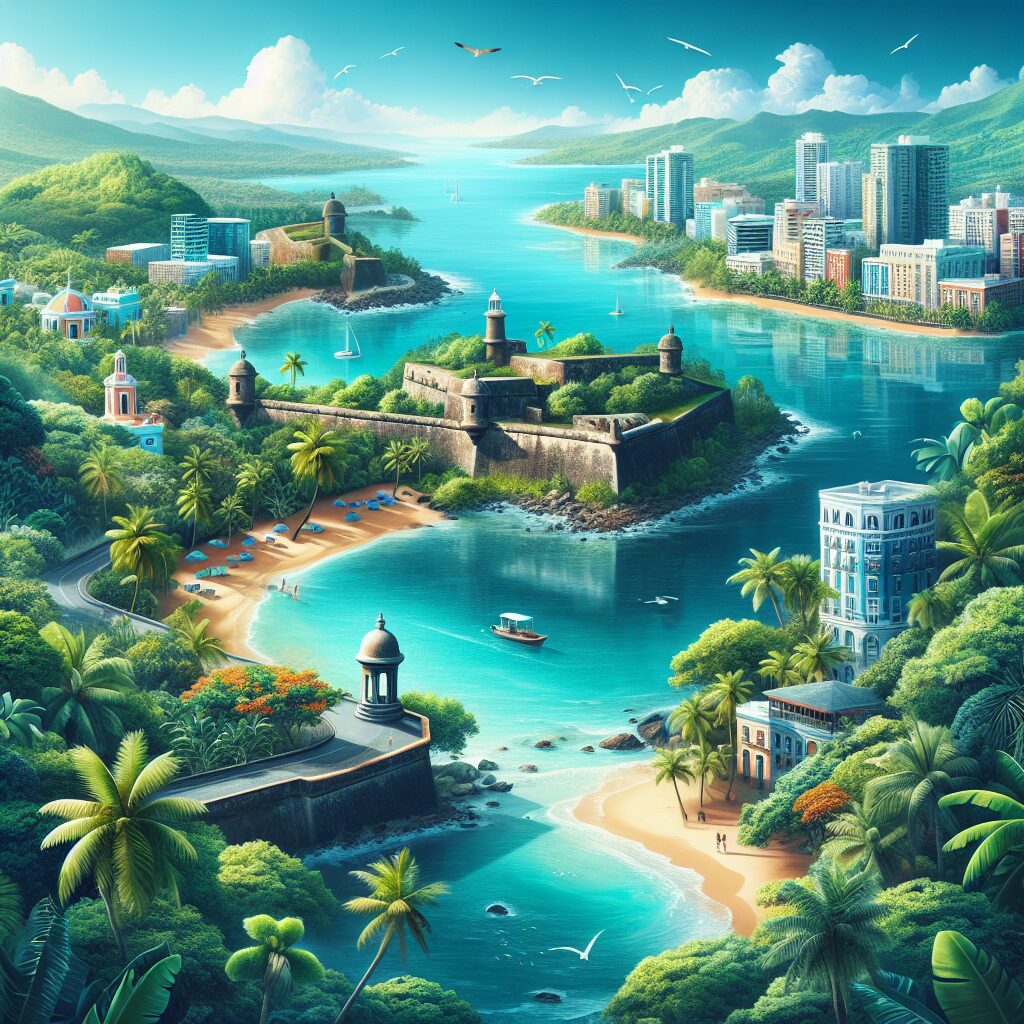Diving into Japanese Culture opens up a world of unique customs and traditions that are bound to captivate any traveler. With its rich history, diverse art forms, and deep-rooted traditions, Japan offers a fascinating glimpse into a vibrant and ancient culture. From the intricate tea ceremonies to the graceful art of calligraphy, every aspect of Japanese culture reflects a deep sense of respect, harmony, and attention to detail.
One of the most striking aspects of Japanese culture is its emphasis on respect and honor. This is evident in the way Japanese people greet each other with a bow, showing reverence and politeness towards others. Furthermore, the concept of wa, meaning harmony, is deeply ingrained in Japanese society. Whether it’s the efficient and orderly public transportation system or the impeccable cleanliness of the streets, the pursuit of harmony is apparent in every aspect of daily life in Japan.
In the upcoming sections of this article, we will delve deeper into the key aspects of Japanese culture that make it so unique and captivating. We will explore the art forms that have shaped Japan’s cultural identity, such as Kabuki theater and ukiyo-e prints. Additionally, we will discuss the significance of traditional festivals like Sakura Matsuri and Bon Odori, which showcase Japan’s deep-rooted traditions. Join us as we embark on a journey to unravel the mysteries and wonders of Japanese culture.
Key Takeaways
1. Japanese culture is deeply rooted in tradition, including the practice of respecting one’s elders, embracing harmony and balance, and valuing diligent work ethics.
2. The Japanese language and its intricate writing system, which includes Kanji characters borrowed from Chinese, showcases the country’s unique communication style and rich literary history.
3. Traditional Japanese cuisine, such as sushi and sashimi, highlights the importance of freshness, presentation, and the art of enjoying food as a multisensory experience.
4. The concept of “kaizen,” which emphasizes continuous improvement and attention to detail, plays a significant role in Japanese business practices and contributes to the country’s reputation for high-quality craftsmanship.
5. Engaging in various forms of traditional arts, such as tea ceremonies, calligraphy, and flower arrangement, provides insight into the Japanese aesthetics and the value placed on mindfulness and meaningful connection with everyday activities.
1. Is Diving into Japanese Culture an Exciting Journey?
2. Exploring the Rich Traditions and Customs of Japan
Japan is a culturally diverse country that boasts a myriad of traditions and customs. From the ancient art of tea ceremonies to the captivating beauty of traditional Japanese gardens, diving into Japanese culture is an enchanting journey that promises to leave you in awe. Immerse yourself in the world of geisha, samurai, and ancient folklore as you discover the essence of what makes Japan truly unique.
3. Embracing the Delights of Japanese Cuisine
Japanese cuisine is renowned worldwide for its delicate flavors, fresh ingredients, and meticulous presentation. From the simplicity of sushi and sashimi to the heartwarming comfort of ramen and udon, Japanese food offers a culinary adventure like no other. Indulge in the art of tempura frying, taste the umami of miso soup, and experience the thrill of eating at a traditional izakaya. Diving into Japanese culture means taking a gastronomic journey that will tantalize your taste buds.
4. Discovering the Beauty of Japanese Arts and Crafts
Japanese arts and crafts encompass a wide range of disciplines, each reflecting the country’s rich artistic heritage. From the intricate art of origami to the graceful movements of traditional Japanese dance, delve into a world where craftsmanship and aesthetic beauty intertwine. Learn about the art of pottery-making, explore the poetic allure of haiku, and witness the mesmerizing artistry of kabuki theater. Japan’s arts and crafts are a testament to the nation’s profound appreciation for beauty and excellence.
5. Unveiling the Secrets of Japanese Festivals
Japanese festivals, or matsuri, are vibrant and exhilarating celebrations that bring communities together. From the iconic cherry blossom viewing during hanami to the thunderous drums of the Kanda Matsuri, these festivals offer a glimpse into Japan’s spiritual and cultural pillars. Dive into the dazzling world of lantern festivals, marvel at the costumes of the Nebuta Matsuri, and immerse yourself in the electric atmosphere of Bon Odori. Embark on a journey through the colorful tapestry of Japanese festivals and be captivated by their enchanting traditions.
6. Experiencing the Zen of Japanese Gardens and Temples
For centuries, Japanese gardens and temples have served as places of tranquility and spiritual reflection. Explore the elegant simplicity of a Zen rock garden, wander through the moss-covered pathways of a traditional Japanese garden, and discover the serenity within ancient temples. Diving into Japanese culture means embracing the art of mindfulness and finding solace in the beauty of nature.
7. Enhancing Your Cultural Experience through Language and Etiquette
Language and etiquette play an integral role in Japanese culture. Learn basic Japanese phrases to navigate your way through the country, and understand the nuances of Japanese etiquette to show respect and appreciation. From bowing as a form of greeting to mastering the art of using chopsticks, these cultural practices will enhance your experience as you dive deeper into Japanese culture.
8. Navigating Japan’s Modern Pop Culture Phenomena
While traditional culture remains deeply ingrained in Japan, the country is also renowned for its modern pop culture phenomena. From the colorful world of anime and manga to the captivating realm of J-pop music, exploring Japan’s modern pop culture scene is a must for any cultural enthusiast. Immerse yourself in the bustling streets of Tokyo’s otaku district Akihabara, attend a concert by your favorite J-pop band, and cosplay at one of Japan’s many anime conventions. Dive into the vibrant world of Japanese pop culture and discover a fusion of tradition and innovation.
Guide: How to Maximize Your Journey into Japanese Culture
1. Research and Plan Your Itinerary
Conduct thorough research about the various aspects of Japanese culture you wish to explore. Plan your itinerary accordingly to make the most of your time and ensure you don’t miss out on any must-see destinations or experiences.
2. Learn Basic Japanese Phrases
Familiarize yourself with basic Japanese phrases to facilitate communication and show respect to the locals. Phrases such as greetings, thank you, and excuse me are essential in navigating Japan’s cultural landscape.
3. Engage with Local Communities
Interact with locals and participate in community activities to gain a deeper understanding of Japanese culture. Join a traditional tea ceremony, take part in a local festival, or visit a cultural center to engage with the vibrant fabric of Japanese society.
4. Try Authentic Japanese Cuisine
Be adventurous in your culinary explorations and try a variety of authentic Japanese dishes. From street food stalls to Michelin-starred restaurants, Japanese cuisine offers a diverse range of flavors that will satiate both your hunger and curiosity.
5. Immerse Yourself in Traditional Arts
Attend traditional arts performances, visit museums, or participate in workshops to immerse yourself in Japan’s rich artistic heritage. Experience firsthand the beauty and intricacies of traditional crafts such as pottery, calligraphy, or kimono-making.
6. Respect Local Customs and Etiquette
Familiarize yourself with Japanese customs and etiquette to show respect to the local culture. Follow practices such as removing your shoes when entering someone’s home, using both hands when giving or receiving items, and avoiding pointing with your chopsticks.
7. Capture Memories through Photography
Japan is a visually stunning country, so don’t forget to capture the moments and memories through photography. Whether it’s the iconic cherry blossoms in spring or the vivid autumn foliage, let your camera be your companion as you explore the enchanting landscapes of Japan.
Remember, diving into Japanese culture is a lifelong journey of discovery. Embrace the diverse facets of this captivating country and let yourself be immersed in the wonders it has to offer. Happy exploring!
Frequently Asked Questions about Diving into Japanese Culture
1. What is the significance of Japanese culture?
Japanese culture is rich in history and traditions that have greatly impacted the world. From arts and cuisine to technology and philosophy, Japanese culture is renowned for its uniqueness and attention to detail.
2. Is it necessary to learn the Japanese language before diving into their culture?
While learning the Japanese language can enhance your experience and understanding of the culture, it is not necessary. Many aspects of Japanese culture can be appreciated and enjoyed without fluency in the language.
3. Are there any specific cultural norms or customs to keep in mind while visiting Japan?
Yes, Japan has several cultural norms and customs that visitors should respect. These include bowing as a form of greeting, removing shoes before entering homes or certain establishments, and demonstrating polite manners in public places.
4. What traditional Japanese arts and crafts should I explore?
Japan offers a wide array of traditional arts and crafts to explore, such as Ikebana (flower arrangement), Tea Ceremony, Calligraphy, Origami, and Kabuki Theater. Each art form showcases the unique beauty and skills of Japanese culture.
5. Which festivals are famous in Japanese culture?
Japan is known for its vibrant festivals celebrated throughout the year. Some of the famous festivals include Sakura Matsuri (Cherry Blossom Festival), Tanabata Festival, Gion Matsuri, Nebuta Matsuri, and Awa Odori.
6. How can I experience traditional Japanese cuisine?
To experience traditional Japanese cuisine, visit local restaurants that specialize in sushi, ramen, tempura, and other traditional dishes. Additionally, attending a traditional tea ceremony or staying at a ryokan (traditional inn) can provide an immersive experience.
7. What are some must-visit cultural sites in Japan?
Japan boasts numerous cultural sites that are worth visiting. Some must-visit places include Kyoto’s Kiyomizu-dera Temple, Tokyo’s Meiji Shrine, Nara’s Todaiji Temple, Hiroshima’s Peace Memorial Park, and Miyajima’s Itsukushima Shrine.
8. Is it appropriate to wear traditional Japanese clothing as a foreigner?
Wearing traditional Japanese clothing, such as a kimono or yukata, as a foreigner is generally well-received and appreciated. However, it is essential to ensure proper etiquette and respect while wearing these attire.
9. How can I participate in Japanese cultural activities?
Participating in Japanese cultural activities often requires joining workshops or attending events held by cultural centers, museums, or local communities. You can also try booking activities through specialized tour operators that offer cultural experiences.
10. What are some recommended books or movies to delve deeper into Japanese culture?
For those interested in delving deeper into Japanese culture, some recommended books include “Memoirs of a Geisha” by Arthur Golden, “The Tale of Genji” by Murasaki Shikibu, and “The Japanese Mind: Understanding Contemporary Japanese Society and Culture” by Roger J. Davies and Osamu Ikeno. Movies like “Spirited Away,” “Lost in Translation,” and “Seven Samurai” also give insights into Japanese culture.
Final Thoughts on Diving into Japanese Culture
Exploring Japanese culture can be a fascinating and enriching journey. Whether you have a specific interest in traditional arts, cuisine, festivals, or simply want to understand Japan’s cultural norms better, the depth of Japanese culture offers something for everyone. By immersing yourself in this vibrant culture, you gain a deeper appreciation for the beauty, traditions, and values that have shaped Japan throughout its history.
Remember, diving into Japanese culture is all about respect, curiosity, and open-mindedness. By embracing the customs, learning from knowledgeable individuals, and engaging in cultural activities, you can truly immerse yourself in the wonders of Japan. So, embark on this cultural adventure and let the captivating world of Japanese culture unfold before you.



